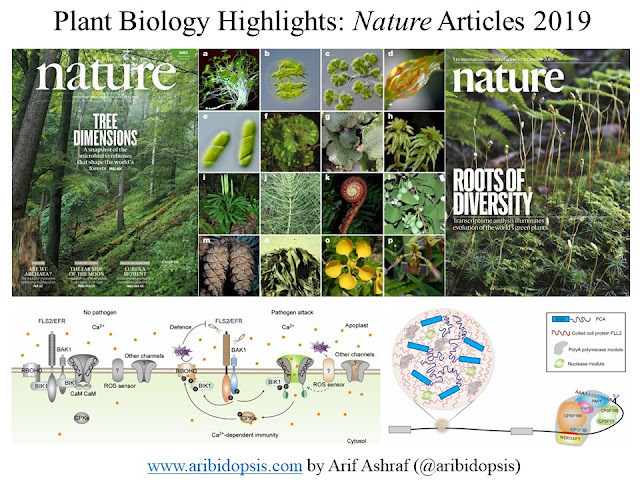Twin Seedlings
Twins: Biological facts
Not all of us are lucky enough to have twins! the point of mentioning it is that twin formation is not a regular event. In general, twins are formed in human embryos in two possible ways. Either, a single fertilized egg splits into two or separate eggs are fertilized two separate sperms.
How plants maintain selectivity
The fundamental processes of life in plant system are analogous to the human system. In most plants, from the single embryo, they produce single seedling or plant. Usually, female germline starts with 1 MMC (megaspore mother cell) per ovule and becomes 4 megaspores through the process of meiosis. Out of these 4, only one survives to produce FM (functional megaspore) and other 3 megaspores undergo degeneration process. The only FM forms the embryo sac. This is how plant selectively let only one megaspore survive and for embryo sac. (Illustration is provided at the end of article).
Does plant form twins
If we think about the formation of twins in human as an anomaly, inducing or simulating this kind of anomaly is also possible in the plant. If that is the case, are we supposed to have twin seedlings or plants?
Research brought it in reality
Hong Wang and his team at the University of Saskatchewan work on the cell cycle inhibitors. These inhibitors are known as ICK/KRPs (interactor/inhibitor of cyclin-dependent kinase (CDK)/Kip-related proteins). There are 7 ICK/KRPs in the model plant Arabidopsis thaliana. For most of the developmental events, they have a redundant function. That suggests that in the absence of one inhibitor (single mutant), other inhibitors take over its function. To reduce that possibility, they have developed knock out mutant of all seven genes, known as septuple.
Interestingly, they have one amazing phenotype in this septuple mutant. In the septuple, they have found that more than one MMCs, FMs, and embryo sacs are formed. Eventually, they can form twin seedlings!
For more example of twin from the plant system, you may visit to the web page of Dolf Weijers.
Fate change in Arabidopsis suspensor cells. A. wild type zygotic embryo. B. Zygotic twin embryo. C. Wild type seedling. D. Zygotic twin seedling, both seedlings develop into fertile plants.
Reference:







Comments
Post a Comment